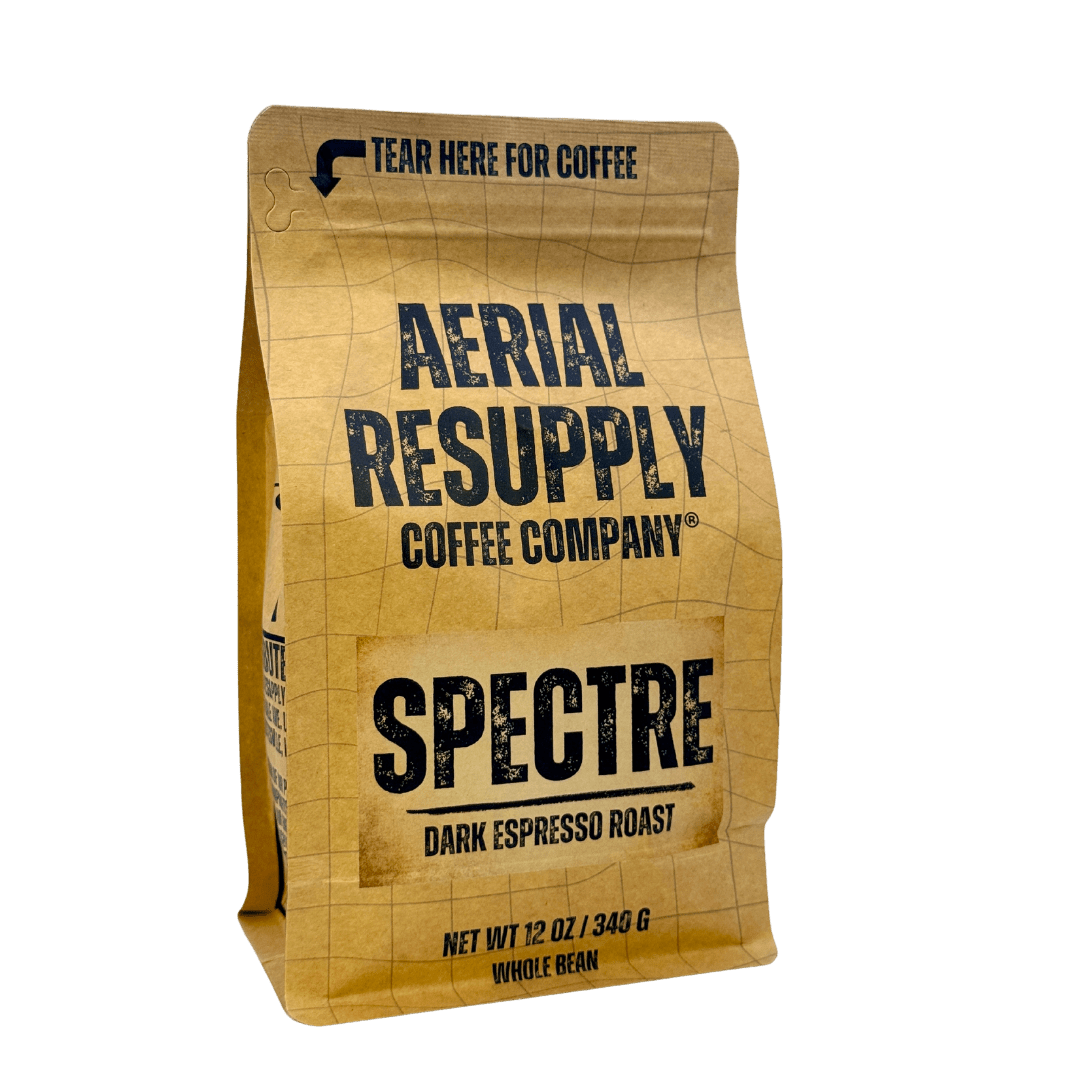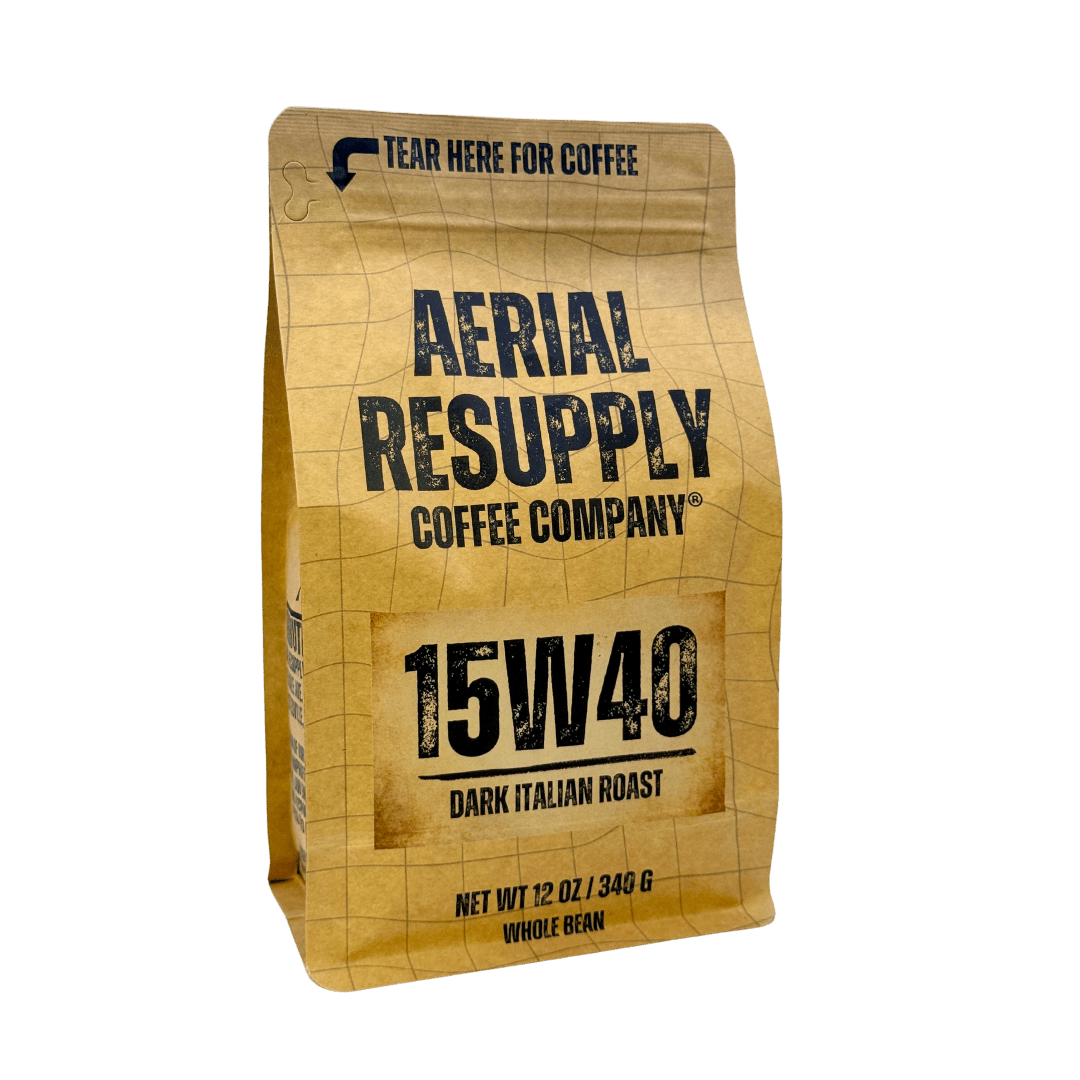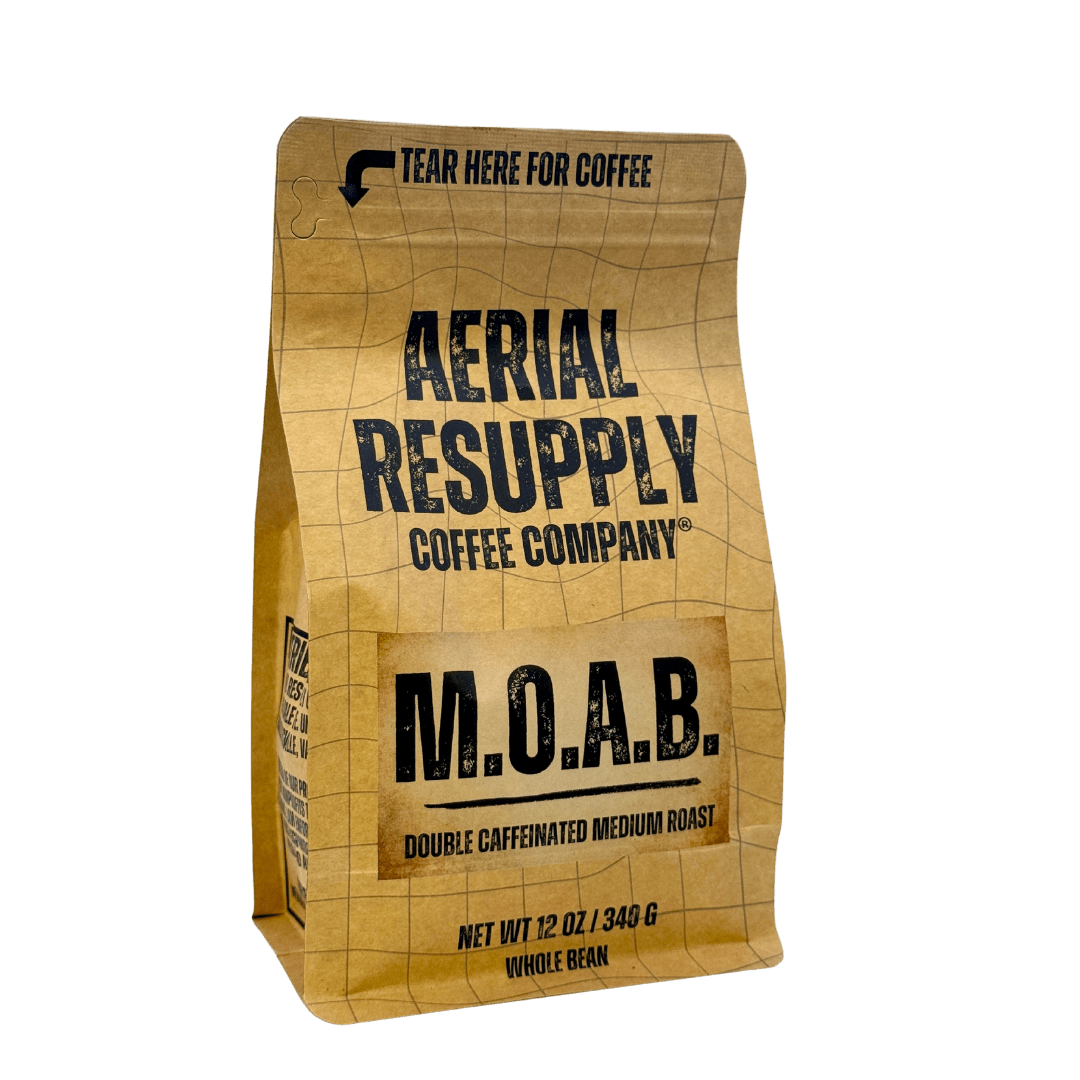Coffee vs Latte: What You Drink Says More Than You Think
Key Takeaways
|
Topic |
Summary |
|---|---|
|
Coffee Basics |
Overview of what coffee is and its varieties |
|
Latte Basics |
Overview of what a latte is and its preparation |
|
Key Differences |
Detailed comparison of the main differences between coffee and lattes |
|
Taste Comparison |
How the taste of coffee differs from that of a latte |
|
Health Considerations |
Nutritional and health differences between coffee and lattes |
|
Popular Choices |
Popular types of coffee and latte beverages |
Introduction
When it comes to choosing between coffee and lattes, it can be challenging to understand the differences. We all have our preferences, but knowing what sets them apart can enhance our coffee experience. In this article, we’ll dive into the details of coffee and lattes, comparing their ingredients, preparation methods, and more. We'll also explore the 'latte vs' debate, comparing lattes to other coffee drinks like cappuccinos and iced coffee.
Coffee Basics: Ground Coffee Beans
Coffee is a brewed drink made from roasted coffee beans, which are the seeds of berries from the Coffea plant. The preparation methods vary widely, leading to different types of coffee. Regular coffee, for instance, is simpler to prepare and has a more straightforward flavor compared to the creamy texture and complex preparation of lattes.
Common Types of Coffee:
-
Espresso: A strong, concentrated coffee made by forcing hot water through finely-ground coffee beans. Espresso shots are the foundation of many coffee drinks, affecting both the flavor and caffeine content.
-
Americano: A diluted espresso with added hot water, resulting in a similar strength to drip coffee but with a different flavor.
-
Drip Coffee: Made by dripping hot water over ground coffee beans, commonly brewed in a coffee maker.
Latte Basics: Steamed Milk
A caffè latte is a coffee drink made with espresso and steamed milk, known for its creamy texture and Italian origins. The term “latte” is derived from the Italian phrase “caffè e latte,” which means “coffee and milk.”
Common Types of Lattes:
-
Vanilla Latte: A latte flavored with vanilla syrup.
-
Caramel Latte: A latte with caramel syrup, often topped with whipped cream.
-
Mocha Latte: A latte with added chocolate syrup.
-
Iced Latte: An iced latte is made with espresso and chilled milk, often served over ice. It is especially popular during the summer months and can be customized with different types of milk and flavors.
Key Differences Between Coffee and Lattes
While both coffee and lattes start with espresso, their ingredients and preparation methods set them apart.
-
Latte: A latte has a light foam layer and more steamed milk mixed compared to the distinct layers of a cappuccino. This creates a smoother, creamier drink.
Ingredients and Preparation: Espresso Shot
-
Coffee: Primarily water and coffee beans, brewed in various ways.
-
Latte: Espresso combined with a significant amount of steamed milk and a small layer of milk foam. Lattes incorporate frothed milk to create a creamy texture.
Caffeine and Caloric Content:
Caffeine: Lattes generally have less caffeine than a straight espresso shot or brewed coffee due to the addition of milk.
Calories: Lattes contain more calories than black coffee, mainly because of the milk and any added syrups. Using coconut milk as a non-dairy alternative can also affect the caloric content, making it suitable for those who are lactose intolerant or following a plant-based diet.
Check out our Fire Watch Medium Roast K-Cups for a bold coffee experience.
Espresso Content in Lattes
Espresso is a crucial component of a latte, and its content can vary depending on the type of latte and the coffee shop. Here are some key facts about espresso content in lattes:
Definition of Espresso
Espresso is a concentrated coffee shot made by forcing pressurized hot water through finely ground coffee beans. This process creates a rich, intense flavor that serves as the base for many coffee drinks, including lattes. Typically served in a small cup, espresso is known for its bold taste and creamy texture, making it a favorite among coffee enthusiasts.
Espresso Roast Levels
The roast level of the espresso can significantly influence the flavor of your latte. Espresso roasts can range from light to dark:
-
Light Roasts: These tend to be more acidic and fruity, offering a brighter flavor profile.
-
Medium Roasts: Often balanced with a mix of acidity and sweetness, providing a well-rounded taste.
-
Dark Roasts: Richer and more bitter, dark roasts bring out deeper, more robust flavors.
Each roast level can add a unique dimension to your latte, allowing for a personalized coffee experience.
Finely Ground Coffee Beans Used in Espresso
The quality of an espresso shot largely depends on the grind size of the coffee beans. For a perfect espresso, finely ground coffee beans are essential. The fine grind allows for the right amount of water to flow through, extracting the rich flavors and creating a concentrated coffee shot. This precision in grinding ensures that the espresso forms a strong foundation for any latte.
Types of Milk Used
The type of milk used in a latte can greatly affect its flavor and texture. Here are some common options:
Taste Comparison
The taste difference between coffee and lattes is significant due to their ingredients.
-
Latte: Lattes are made with espresso and steamed milk. They typically have a light layer of foamed milk on top, contributing to their creamy texture.
Coffee:
-
Bold and Strong: Typically more robust and less sweet, depending on the brewing method.
-
Variety of Flavors: Different beans and roasting levels can bring out a range of flavors from fruity to chocolatey.
Latte: Frothed Milk
-
Smooth and Creamy: The steamed milk in a latte makes it smoother and creamier.
-
Sweeter: Often flavored with syrups, making it a sweeter option.
Discover our MOAB Double Caffeinated Medium Roast K-Cups for a high-energy boost.
Health Considerations
When considering health impacts, it's essential to look at both the nutritional benefits and potential drawbacks of coffee and lattes.
Nutritional Benefits:
-
Coffee: Rich in antioxidants and can help improve energy levels, cognitive function, and even metabolic rate.
-
Latte: Provides calcium and vitamin D from the milk, beneficial for bone health.
Potential Drawbacks:
-
Coffee: Excessive consumption can lead to anxiety, insomnia, and digestive issues.
-
Latte: Higher calorie content due to milk and syrups, which can contribute to weight gain if consumed in large quantities.
Enjoy a balanced and flavorful coffee experience with our ARC Logo Mug + Coffee Bundle.
Popular Choices
Both coffee and lattes come in a variety of popular options. Here are some favorites from each category:
Coffee shops play a significant role in offering diverse latte variations and serve as social hubs that cater to modern lifestyle choices.
Popular Coffee Drinks:
-
Espresso: A classic, intense coffee experience.
-
Americano: A smoother, milder alternative to espresso.
-
Cold Brew: A refreshing and less acidic coffee option, perfect for hot days.
Popular Latte Drinks:
-
Vanilla Latte: Sweet and aromatic, a favorite for many.
-
Caramel Latte: Rich and indulgent, often topped with whipped cream.
-
Mocha Latte: A delightful blend of coffee and chocolate.
For those who prefer a dark, robust flavor, try our Spectre Dark Espresso Roast K-Cups.
Conclusion
Understanding the differences between coffee and lattes can help you make an informed choice about which beverage best suits your taste and lifestyle. Whether you prefer the boldness of a black coffee or the creamy sweetness of a latte, there's something for everyone.
Explore more about our offerings and find your perfect cup at .
FAQ
Q: What is the main difference between coffee and a latte? A: The primary difference is that coffee is usually just brewed coffee beans, while a latte is made with espresso and steamed milk.
Q: Does a latte have more calories than coffee? A: Yes, a latte typically has more calories due to the addition of milk and syrups.
Q: Which has more caffeine, coffee or a latte? A: Generally, coffee has more caffeine than a latte, especially black coffee.
Q: Can I make a latte at home? A: Absolutely! With an espresso machine and a milk frother, you can easily make lattes at home.





